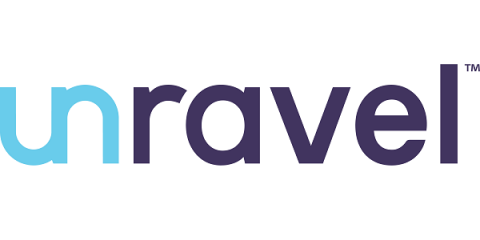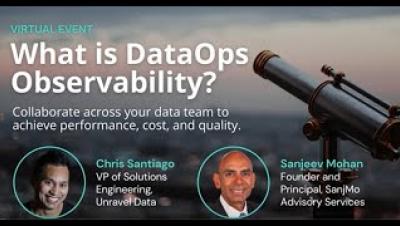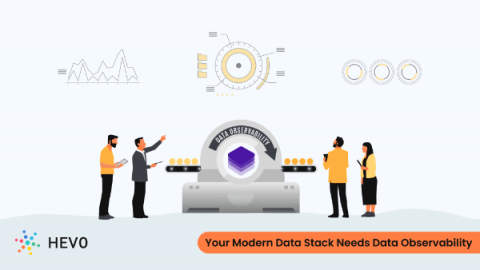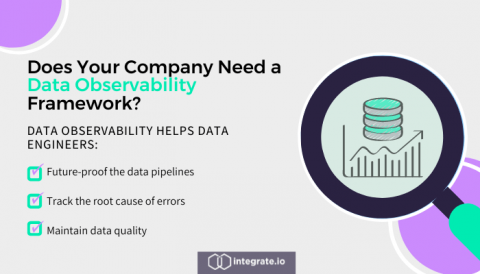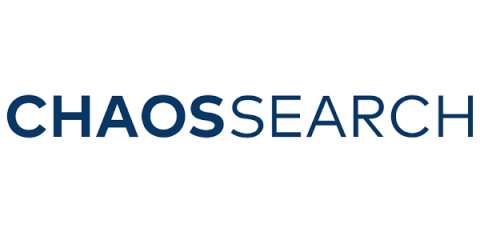Panel recap: What Is DataOps observability?
Data teams and their business-side colleagues now expect—and need—more from their observability solutions than ever before. Modern data stacks create new challenges for performance, reliability, data quality, and, increasingly, cost. And the challenges faced by operations engineers are going to be different from those for data analysts, which are different from those people on the business side care about. That’s where DataOps observability comes in.


